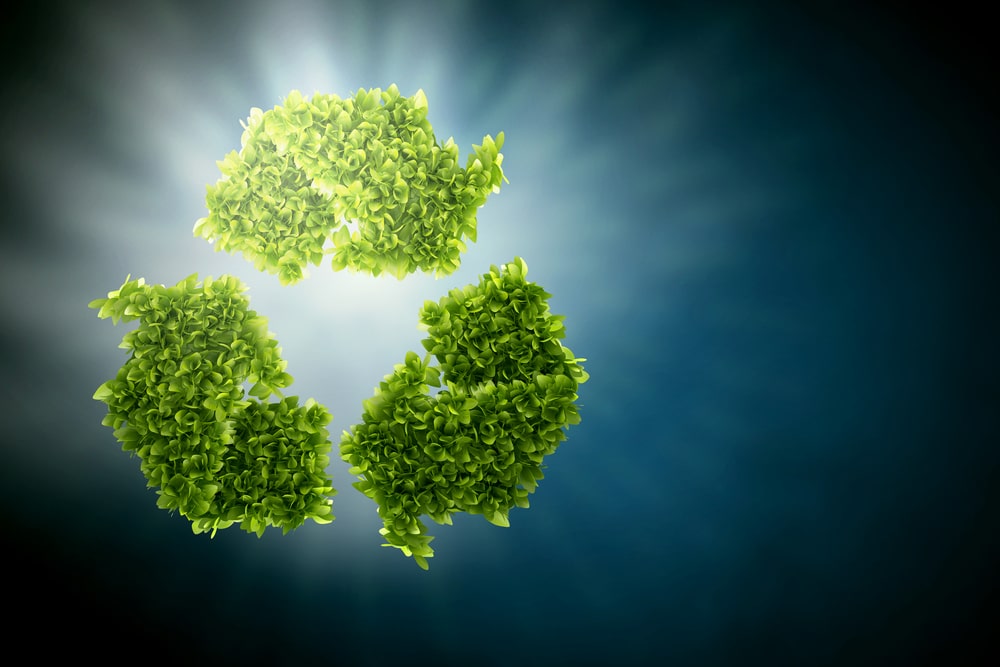
Recyclable waste materials that are out of use need to be re-included in the manufacturing processes as raw materials with various recycling methods.
First of all, the need for raw materials is reduced by including the consumed materials into the recycling ring again. Thus, the increase in consumption in parallel with the increase in the human population is prevented to deteriorate the natural balance and damage the nature. However, the reuse of recyclables as raw materials makes it possible to save a great deal of energy
Obligations of Non-Hazardous Waste Producers within the scope of the Regulation
Şarge amounts of waste are generated mainly in Paint, Chemistry, Cosmetics, Petroleum, Agriculture and Food, Textile and Raw Materials, Leather and Leather Products, Energy, Packaging, Iron and Steel, Metal, Mining, Auto Main and Sub-Industry, Pharmaceuticals and Pharmacy etc. sectors.
As with every waste producerr, waste producers have some responsibilities in non-hazardous wastes. Some of these obligations are:
To take the necessary measures to minimize the production of non-hazardous waste, to submit the three-year waste management plan they have prepared for the recycling of non-hazardous wastes originating from the facility to the Provincial Directorate of Environment and Urbanization, and to implement the prepared management plan,
To temporarily store non-hazardous wastes within the boundaries of the facility or in areas to be determined in industrial zones, in sealed, secure containers and similar or in areas with impermeability, without mixing them with each other and separate from hazardous wastes; To temporarily store in accordance with the desired conditions, including the non-hazardous waste mark and the waste code on the containers where the wastes are stored,
To send non-hazardous wastes to recycling facilities with environmental permit/license.
To fill the non-hazardous waste declaration form, using the internet-based program prepared by the Ministry every year so as to include the information belonging to the previous year until the end of March of the following year at the latest, and keep a copy for five years,
To inform the Provincial Directorate of Environment and Urbanization in order to prevent pollution caused by accidental or intentional spillage of non-hazardous wastes and similar events; and to ensure that the scene is restored to its former state within one month at the latest, depending on the type of waste and to cover all related expenses thereof.
It is essential to recycle non-hazardous wastes in order to contribute to the economy and to reduce the amount of waste that will go to final disposal.
Non-Hazardous Waste Recycling Facilities
Plastic Wastes (plastic barrels, blue barrels, white barrels, waste with PE content) are duly separated among themselves.
The separated plastic wastes are subjected to crushing process. They are turned into plastic burrs for use in the granule process.
Metal scraps are made ready for the metal sector, which operates in order to increase their quality and density by shredding/reducing their size, and to recycle them as raw materials by subjecting them to purification.
The wastes entering Saydaş Plastic facility are as follows:
- IBC Tanks
- Tin barrels
- Plastic barrels (blue, white…etc.)
- Plastic bucket
- Tin waste
- Plastic burrs and chips
